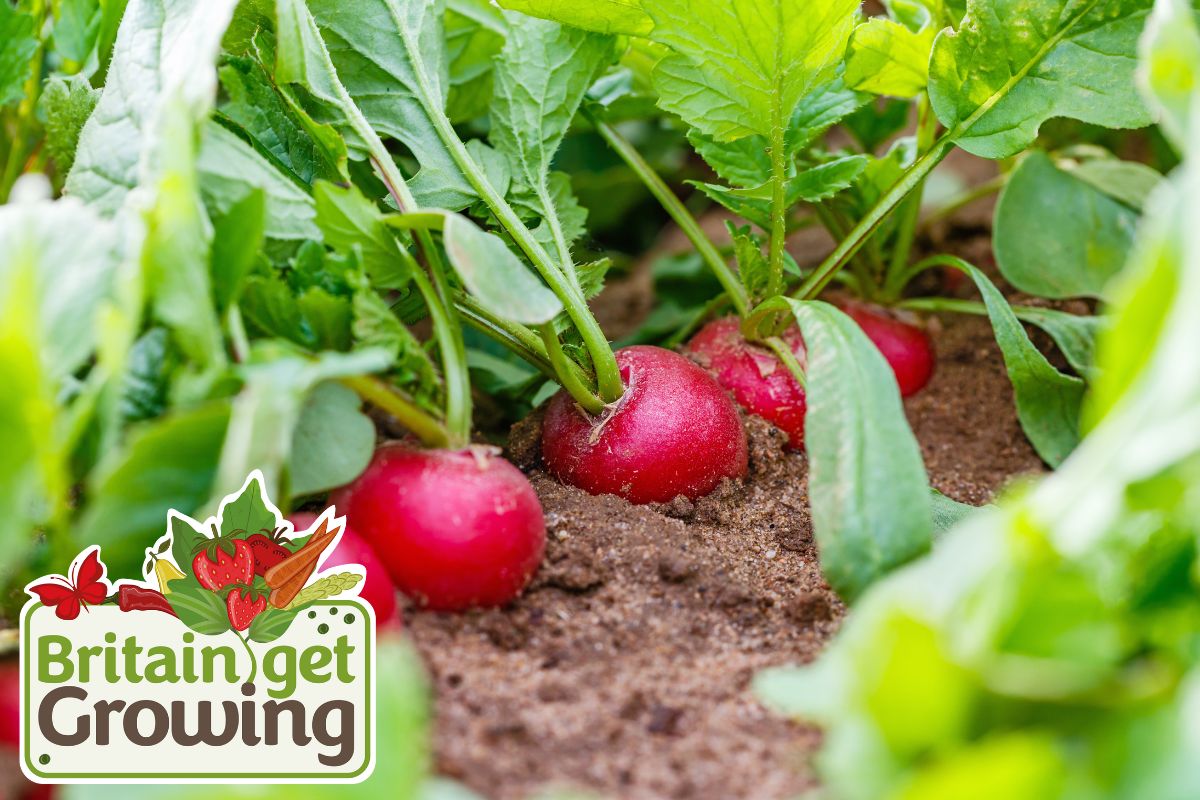Britain Get Growing: March- what should we be planting and how to plant?
Nothing beats growing your own plants, fruits, and vegetables. There is nothing like homegrown produce when it comes to taste, freshness, and cost savings.
Our Britain Get Growing campaign will offer you top tips and tricks of the trade to grow a vegetable garden you will be proud of, whether you are growing peas, beans, strawberries, or roots.
What to plant now
Onions & Shallots
- Onions require a well-prepared bed to achieve good growth. Thoroughly dig over the site with a fork, removing any weeds. Adding a general fertilizer will improve yields.
- Plant the onion sets 3cm/1" deep and 12cm/5" apart along the marked row and label it with the variety name.
- Cover them with fleece for the first month to stop birds from pulling out the young plants.
- Check the sets every few days and re-plant any that have been disturbed by birds etc., until growth starts.
- Keep the soil moist during the growing period. Remove any weeds which otherwise will compete with the onions for food and water.
- In late summer/early autumn, the leaves will begin to die down. This means they are about ready for harvest. Bend the leaves over and a few days later, ease the onions out of the soil.
- A few days later again, lift them clear of the soil and leave them on the surface to ripen. When dry, rub off loose skin and roots. Store in a cool, dry, frost-free place in trays.
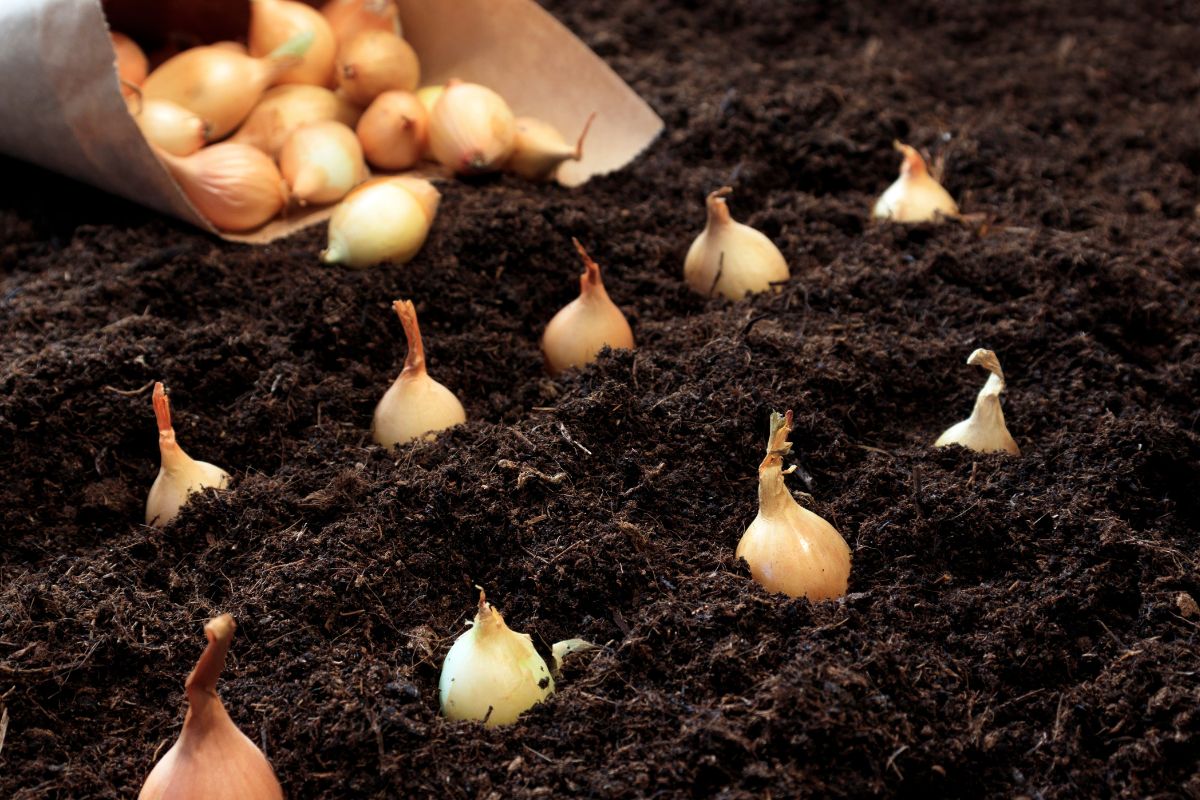
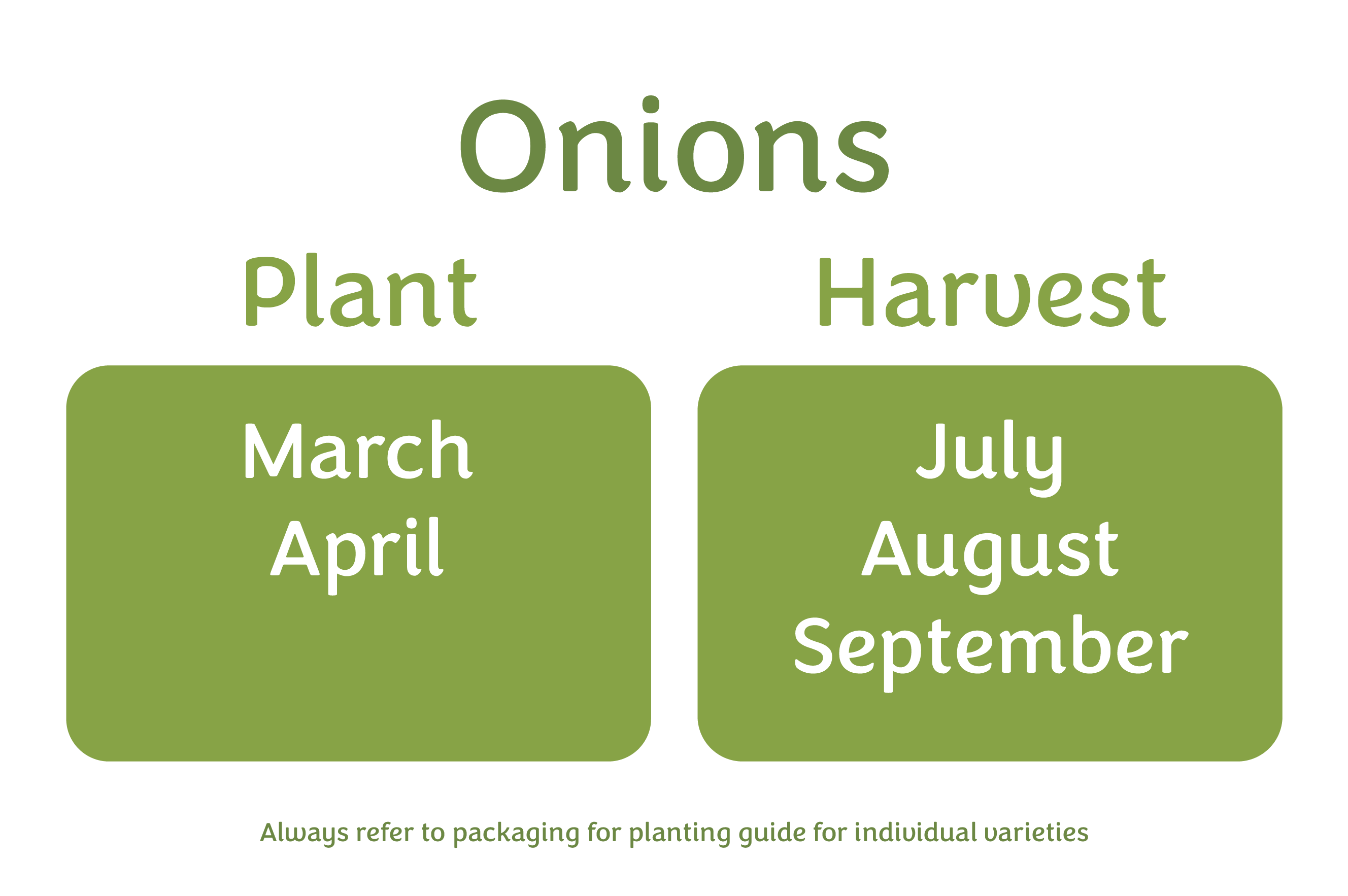
Carrots
- Early cropping carrot seeds can be sown from March into the ground after the last frost has passed. If the temperature is still low, your seedlings can be protected with cloches or horticultural fleece.
- Dig the ground you want to plant in to loosen it up and remove weeds and stones. Rake over to break it into fine particles.
- Create a drill line about 1cm (0.5”) deep in which to sow your carrot seeds. Each drill needs to be 30cm (12”) apart.
- Sprinkle seeds along the drill line before covering them with a layer of compost and water regularly.
- As your carrots grow, thin out and remove any that are close together so that each plant can grow with space.
- If your garden is prone to carrot flies, cover plants with fleece.
- Your carrots will be ready to harvest in June. You can harvest by pulling by hand or with a fork to lift larger carrots from the soil.

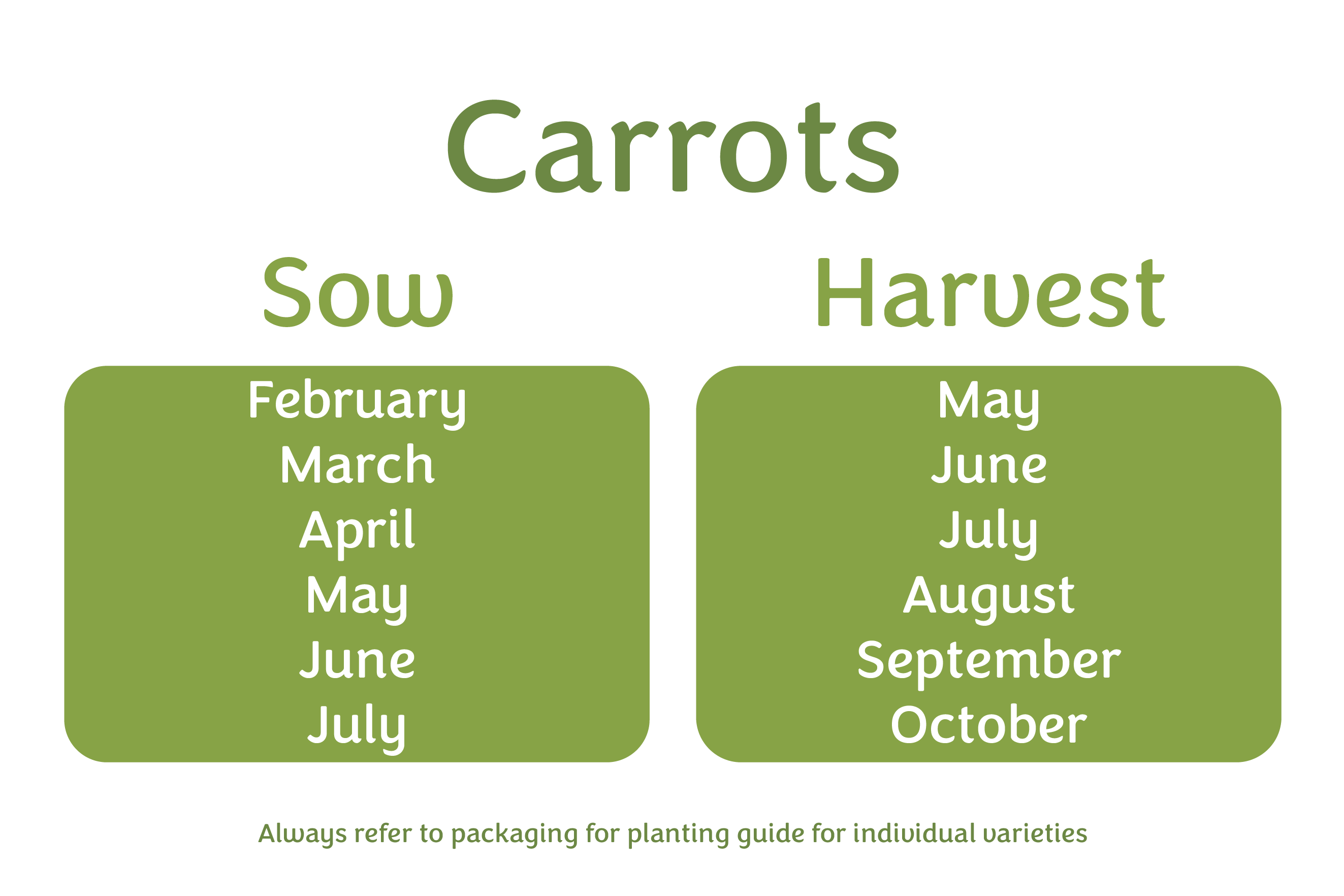
Parsnips
- You can plant your parsnip seeds directly into the ground from March as long as the ground isn’t frozen.
- Rake the soil to break it into fine particles.
- Make a drill line about 1cm (0.5in) deep in rows 30cm (12in) apart.
- Sprinkle seeds sparingly into the ground and cover them in a fine layer of soil before watering regularly.
- As your parsnips grow, thin out and remove any that are close together so that each plant can grow with space.
- Your parsnips are ready to be harvested when the foliage starts to turn yellow and die down in autumn.
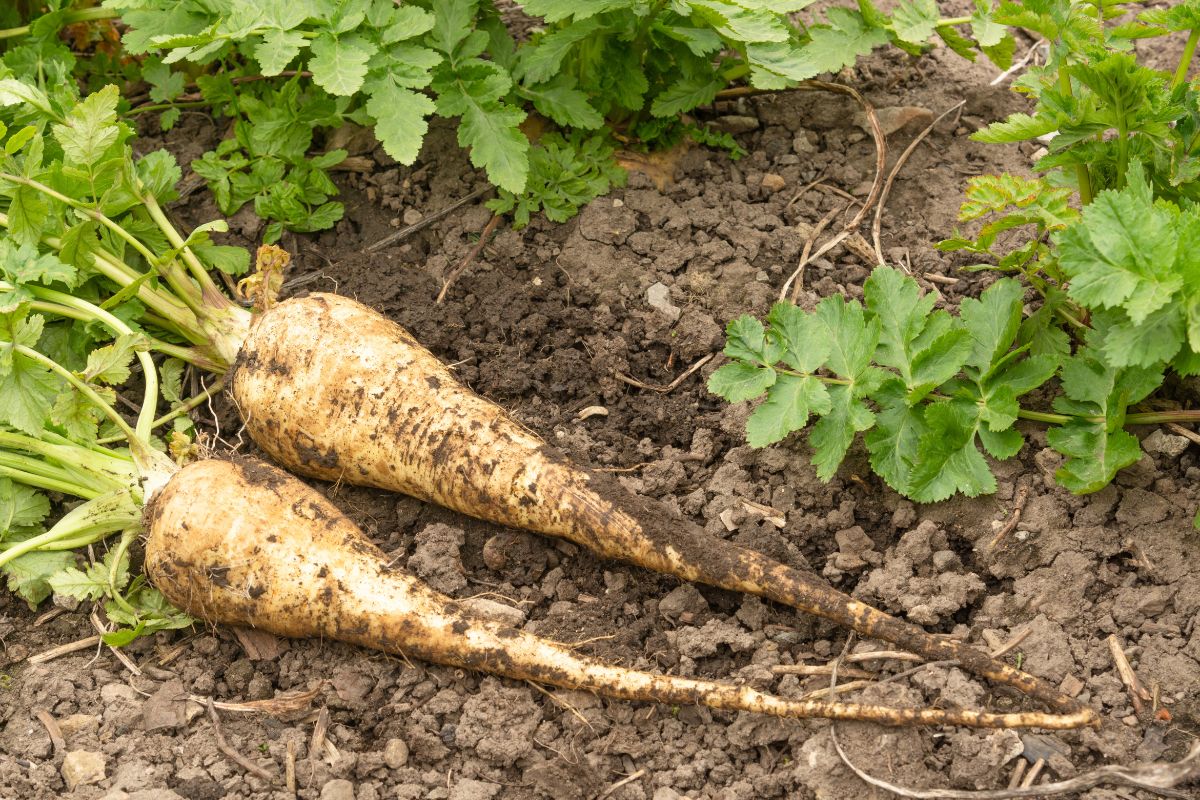
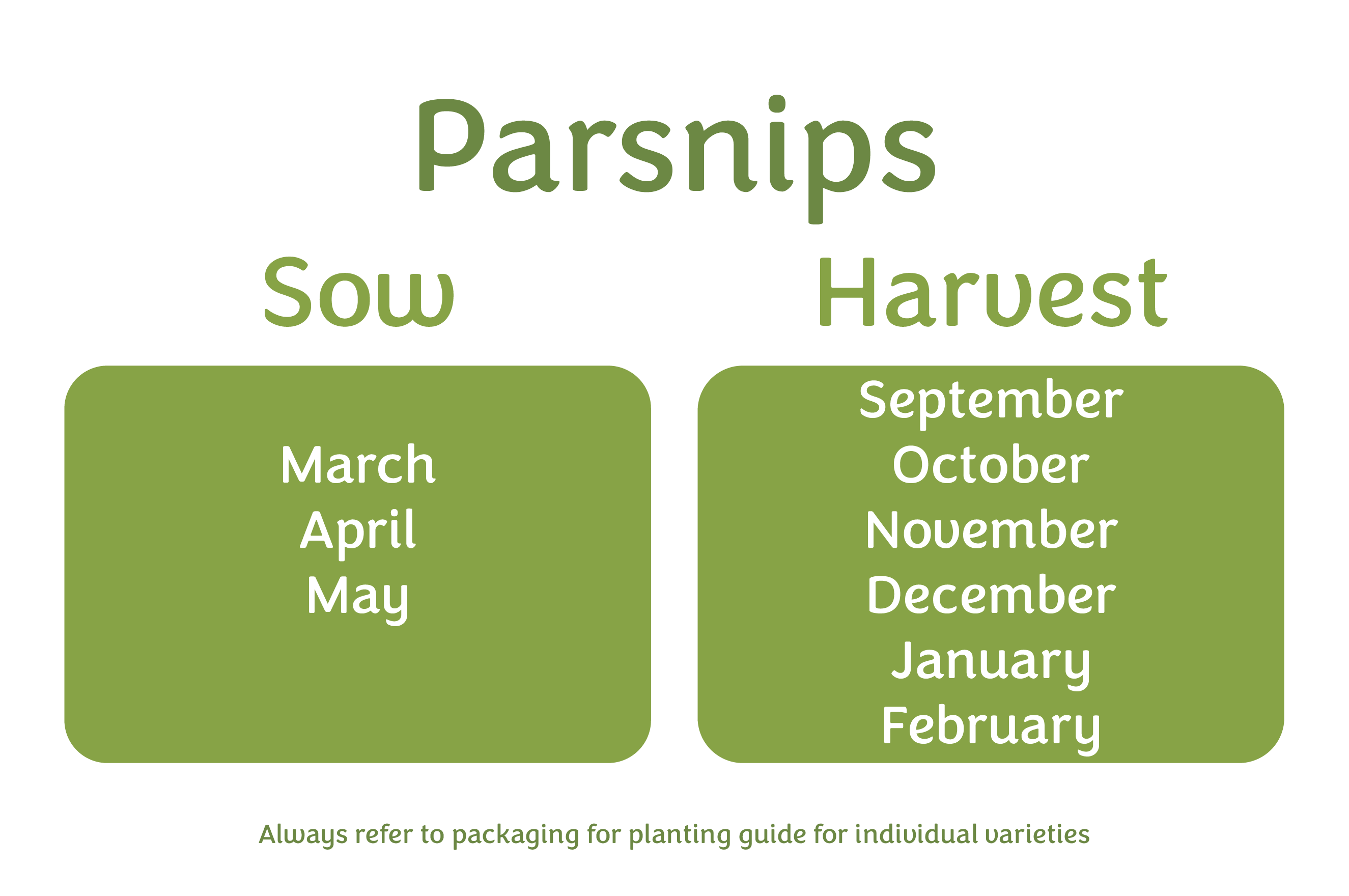
Radishes
- Summer radishes are ideal to sow in March for a quick crop and thrive in a sunny, well-draining spot.
- Make a drill line that is approximately 1cm (0.5”) deep in your soil.
- Sprinkle your radish seeds approximately 2.5cm (1”) apart in rows spaced 30cm (12”) apart.
- Cover the seeds with a fine layer of compost and water well.
- Thin out and remove any that are close together so that each plant can grow with space.
- Keep the bed well-watered and weeded during the growing season.
- Your radishes are often ready for harvest in 3 to 4 weeks.
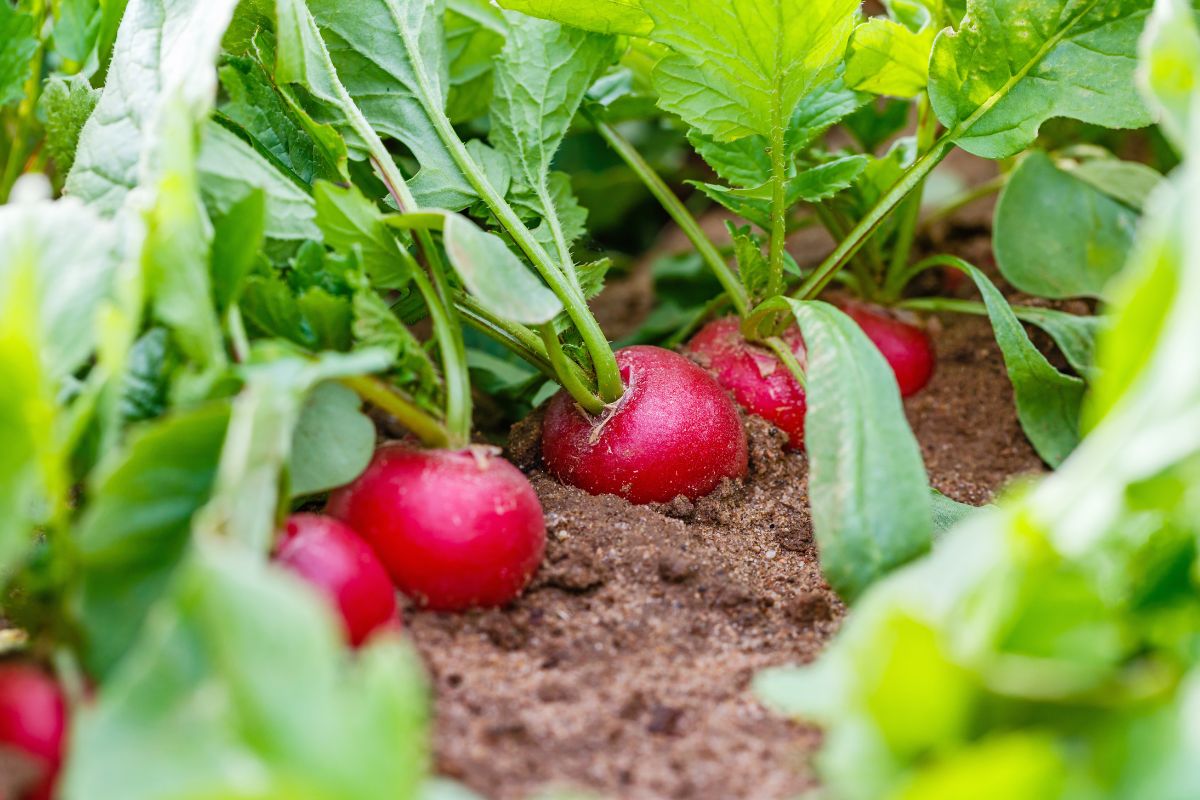
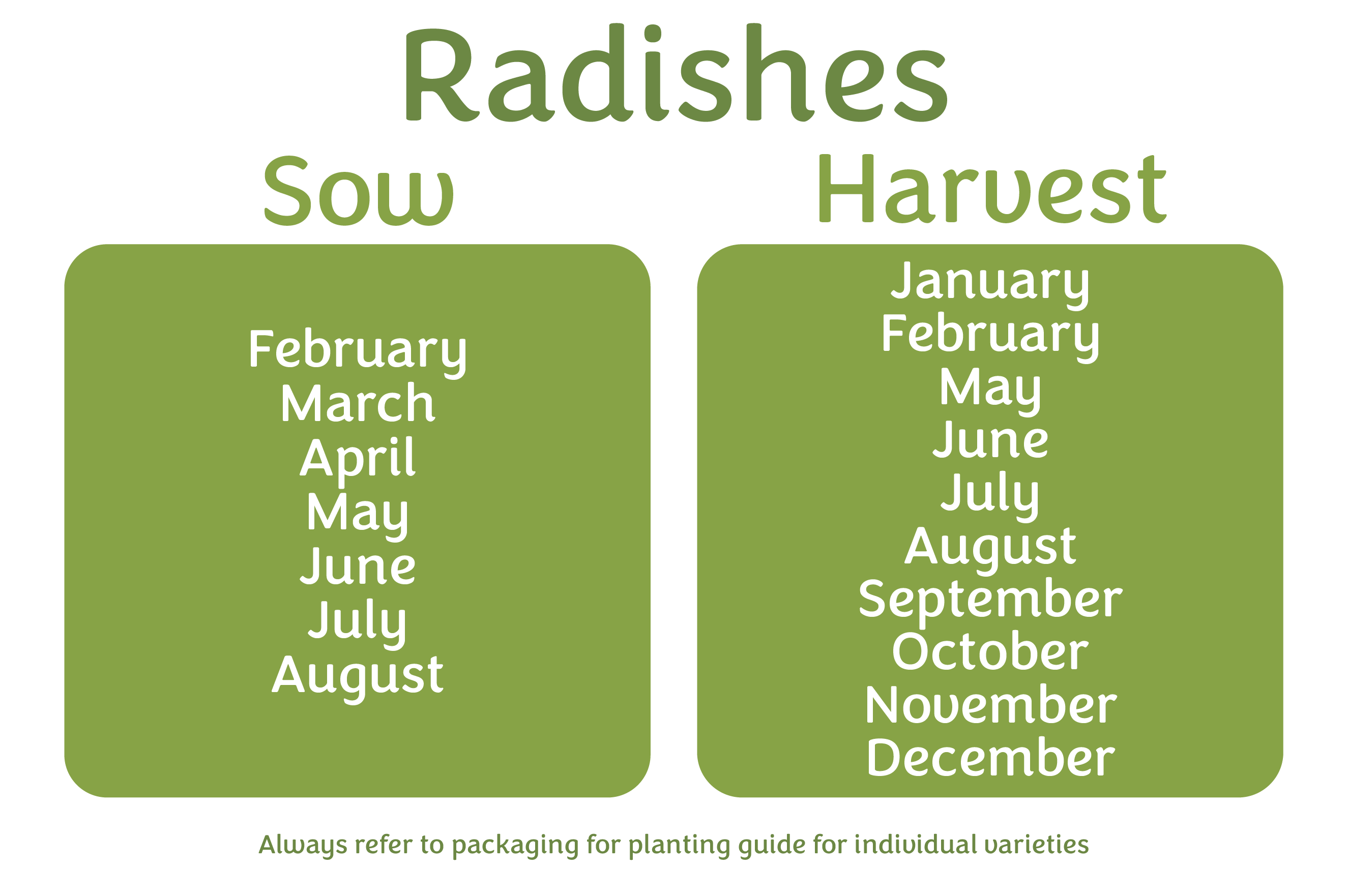
Tomatoes
- At the end of the month, you can start sowing tomato plants indoors or in a greenhouse.
- Tomatoes thrive in fertile soil, so we recommend digging in compost or well-rotted farmyard manure before planting.
- To start your tomato plants, sow in seed trays filled with compost, and cover lightly with a 1cm (0.25in) layer of soil.
- Water the seeds in and place your seed tray in a propagator with a lid. If not, cling film on top will suffice to create a warm and moist growing environment.
- Place the seed tray in a greenhouse or on a sunny windowsill.
- When the seedlings have two leaves, it is time to pot on. Using a dibber, ease out of the seed tray and plant into 9cm pots filled with compost and place in a warm, sunny spot.
- Once the plants are around 15cm (6in) tall, harden off outdoors before planting in a grow bag or container.
- Your tomatoes should be ready to harvest in late June/July when they are red and tender to the touch.

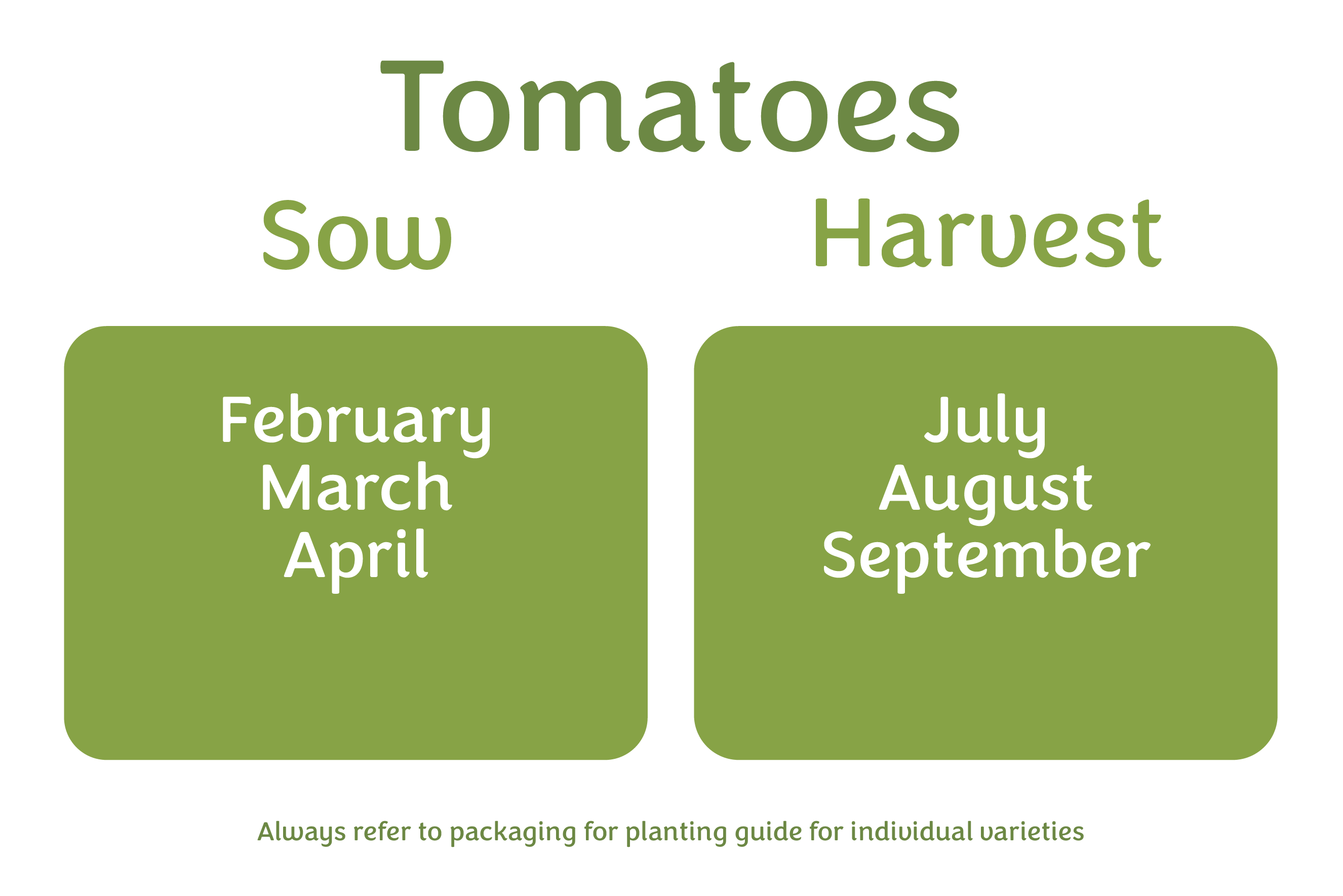
Potatoes
- If you have been chitting early potatoes, they should be ready for planting and can go into prepared soils in late March.
- Start by digging a trench 7.5-13cm (3-5”) deep in open and well-drained soil.
- Plant the potatoes about 30cm (12”) apart with approximately 60cm (24”) between rows.
- Make sure the chitted shoots are pointing upwards and lightly cover with compost.
- As new green shoots appear, earth up your potatoes by covering them with soil again.
- Water well especially during dry spells.
- Early potatoes (Rocket, Duke of York, Pentland Javelin) will be ready when above-ground growth is still green, usually as soon as the flowers open. You can tease a look with a fork gently and lift the potatoes and store them in a cool dark place until ready to eat.

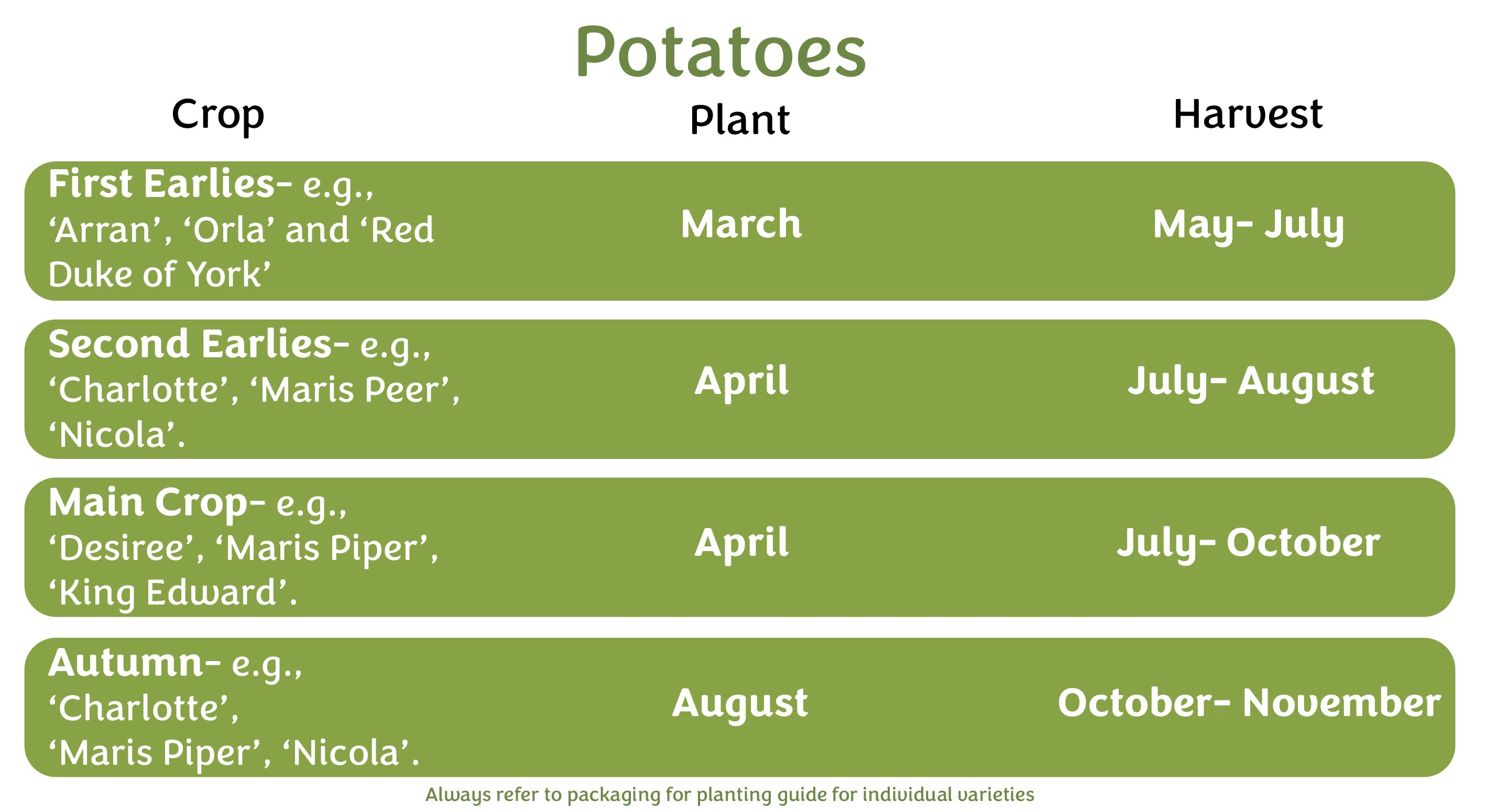
Brassicas
Brassicas include cabbages, cauliflowers, broccoli, turnips, kale, and Brussels sprouts which all can be sown now.
- Brassicas prefer alkaline soil, so we recommend adding some lime to the soil to increase alkalinity if needed.
- Dig in compost or manure to improve the soil texture and boost nutrient levels for your brassicas.
- Sow your brassica seeds in seed trays filled with compost and cover lightly with a 1cm (0.25in) layer of soil.
- Once the plants have reached about 8cm (3”) in height, they are ready to be planted outside into the soil in your vegetable bed.
- Space at least 45cm (15”) apart.
- In order to prevent caterpillars and butterflies from attacking your growing patch, cover it with netting.
- These should be ready to harvest from July onwards to the latter end of the year.
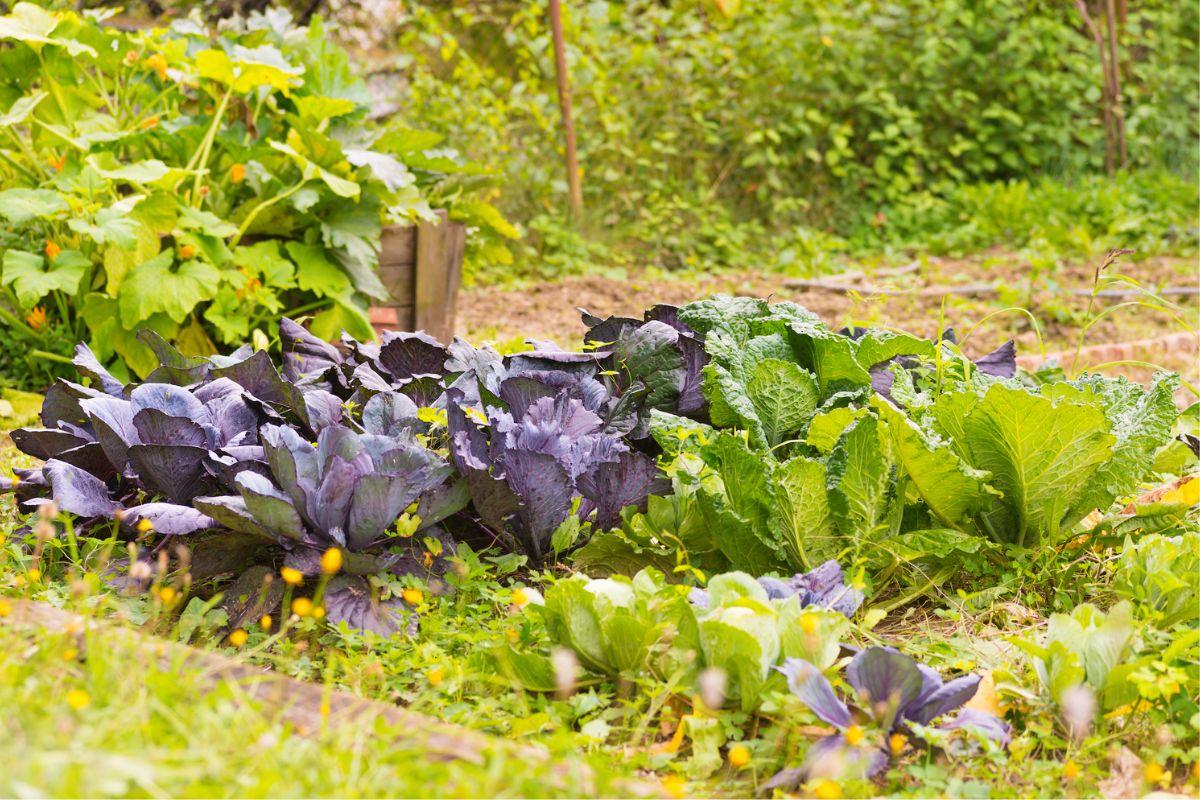
Herbs
For the ultimate kitchen garden, March is also an opportunity to germinate herbs, such as basil, dill, parsley, chives and coriander.
Choose a window that receives four to six hours of sunlight a day, ideally one with a southern or southwest orientation. Simply fill your pots with compost, sprinkle seeds across the surface, then lightly cover with more compost and cover with cling film until your seedlings appear. Once mature, pick leaves regularly, which helps to create bushier plants
- Basil: Ideal for Italian dishes and an easy-to-grow aromatic that needs well-drained soil and lots of sun.
- Chives: Have a subtle onion flavour and are essential for garnishing potato salad, cream cheese, soups and other savoury dishes.
- Coriander: A quick-growing, leafy herb which is popular in full-flavoured Asian cooking.
- Mint: The quintessential accompaniment to roast lamb or the taste of summer in cocktails.
- Parsley: A wonderful, versatile herb with a strong flavour of the Mediterranean.
- Thyme: A perennial herb with small, scented leaves that are used for cooking with poultry, meat and game, and flavouring soups.






















